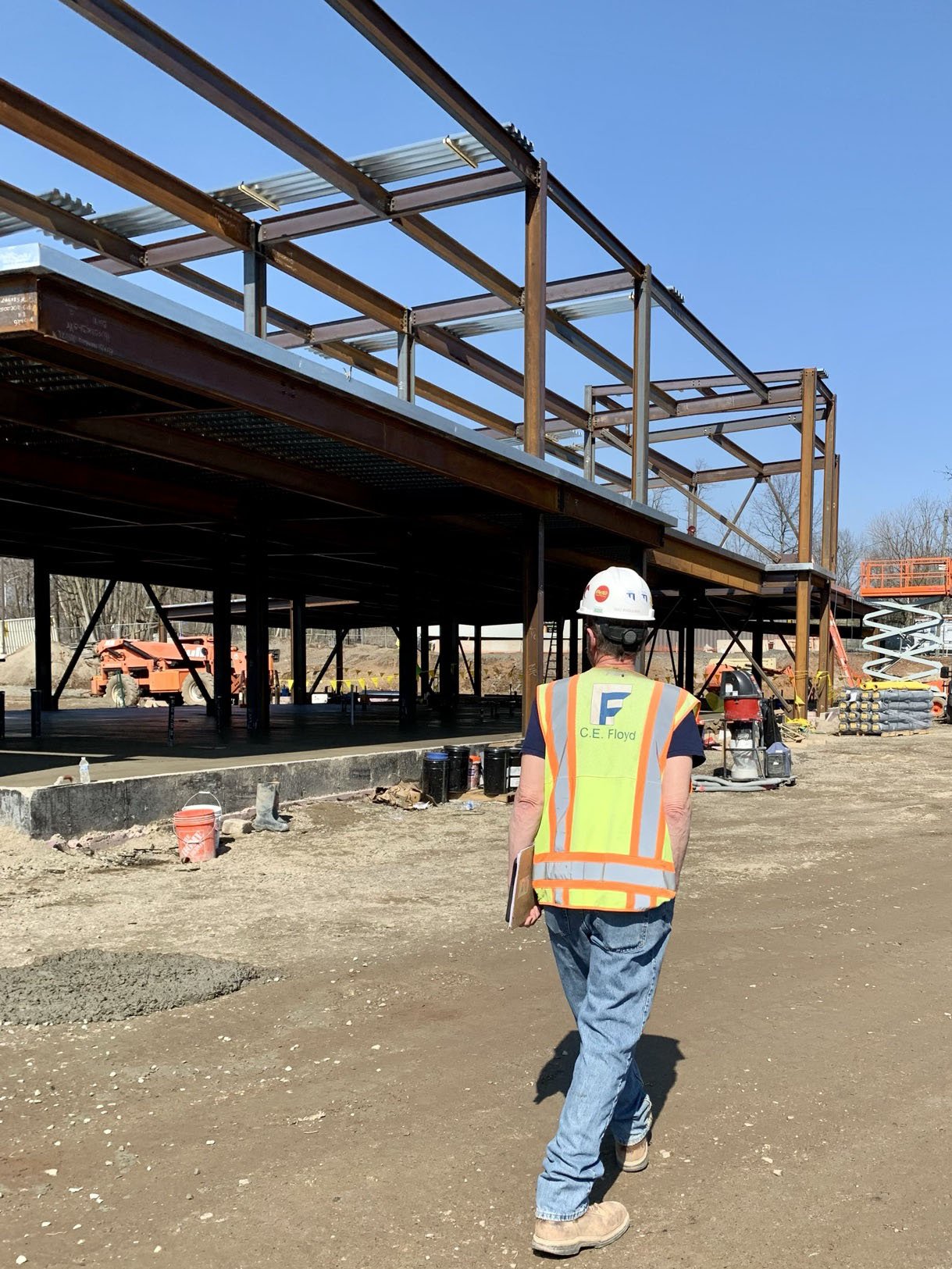- Who We Are
-
Our Work
-
Educational
- Brooks School- George and Evanthea Demoulas Family Boathouse
- Riverbend School - Gym and Schoolhouse
- Lesley University- Animation Studio
- Middlesex School- Bass Arts Pavilion and Danoff Visual Arts Center
- Nashoba Brooks School- Sureau Family Discovery Barn
- The Southport School- Arts and Music Building
- Senior Living
- Hospitality
-
Healthcare
- Partners Urgent Care
- Yale New Haven Health- Medical Office Building
- The Hospital of Central Connecticut - Advanced Wound and Hyperbaric Medicine Center
- Connecticut Children's - Infusion Center and Gastrointestinal Clinic
- Connecticut Children's - Specialty Care Center
- MidState Medical Center- Post-Anesthesia Care Unit Expansion & Renovation
- Commercial
- Specialty Work
-
Educational
- How We Do It
- Our Blog
- Industry Tidbits
- Join Our Family
- Contact Us
Senior Living Construction Trends Impacting Owners and Developers
June 28th, 2023
Senior living development and construction is increasingly complex and demanding. Owners and operators need to consider many factors including: market demand and differentiation, attractive program offerings and related amenity space requirements, regulatory mandates, staffing, and of course, financing strategies. Understanding trends in the construction of senior living facilities is another factor that will help the design and development process move smoother and faster.
We’ll be covering two construction trends we’re seeing and suggestions on how to make these work for you. In another post, we’ll cover three more.
Trend 1: There’s an increasing number of building construction options.
 It used to be that once the building direction was set, the “how-to-do-it” was fairly straightforward (“A or B?”). Now, the number of good possible approaches has greatly expanded, and particularly in the following areas:
It used to be that once the building direction was set, the “how-to-do-it” was fairly straightforward (“A or B?”). Now, the number of good possible approaches has greatly expanded, and particularly in the following areas:
- Structural Systems
- Mechanical/Plumbing Systems
- Senior Living Specialty Products
Take structural systems for example – some of the options are wood, structural steel, structural stud, masonry, or a combination of these. Although it may be tempting to default to whatever is most economical, that may be short-sighted given the need to have flexible footprints to reposition building spaces in the future. In a Senior Housing News article, Beth Mace of NIC estimates that 60% of existing senior housing inventory in the U.S. is over 17 years old. Many of these buildings were not built with retrofitting in mind, and may not have design features that lend themselves to modern updates. The article concludes, “I’m not sure if older buildings can be retrofitted (considering the costs).”
Suggestions to make this trend work for you:
- First things first – get good information early to make informed decisions on key risk and cost areas. Market conditions can affect the system chosen as can the familiarity that local labor has with a given system.
- Create a building baseline scope and cost model.
- Whatever the process, get market input through an experienced senior living construction firm.
- Collaborate – actually do it. Work together to make good decisions as the design progresses, budgets are developed, challenges are discovered, and designs are adapted .
- Use a sliding project contingency to avoid major changes in project cost.
Trend 2: Technology considerations are becoming an earlier design/development focus.
 An assisted living provider shared that their staff needed four devices (cell phone, radio, pager, and a set of keys) in order to serve residents in their facilities. After an exploratory process that considered several options, their new building has an iPhone-based patient system that is Wi-Fi/Bluetooth enabled that provides staff communication (push to talk), nurse call notification, door security and video monitoring, etc. The system is locally enabled so that if a staff member forgets to leave their phone at work, the device automatically turns off outside the building.
An assisted living provider shared that their staff needed four devices (cell phone, radio, pager, and a set of keys) in order to serve residents in their facilities. After an exploratory process that considered several options, their new building has an iPhone-based patient system that is Wi-Fi/Bluetooth enabled that provides staff communication (push to talk), nurse call notification, door security and video monitoring, etc. The system is locally enabled so that if a staff member forgets to leave their phone at work, the device automatically turns off outside the building.
There are many technology options that improve resident wellness and staff functioning. It is increasingly a very early and major design/construction focus.
Suggestions to make this trend work for you:
- Answer the basic “Why?” and “How” questions early. This will usually require the development of a cross-functional team.
- Match the complexity of systems with on-site staff who will not only be using the technology, but be responsible for maintaining, updating and servicing it.
- Determine an acquisition and early budget approach.
- Four phases: planning -> design -> procurement -> construction.
- Basic areas for integration: nurse call, wander management, access control, security/video surveillance, wireless locks. There are many more possibilities beyond these basic building functions.
- Be sensitive to main tech challenges: unsuitable backbone, lack of integration, project coordination, vision versus deployment.
There are many construction options available that can be considered. Also, technology improvements are an important and early focus area. Addressing these factors early and directly will help the project development stay on track.
Part 2 explores three other key senior living construction trends:
- Trend 3: Contrary market forces.
- Trend 4: Repositioning spaces, in a systematic fashion, is increasingly important.
- Trend 5: The development process is becoming more collaborative.
Contact us to learn how we can help you with your next construction project.










